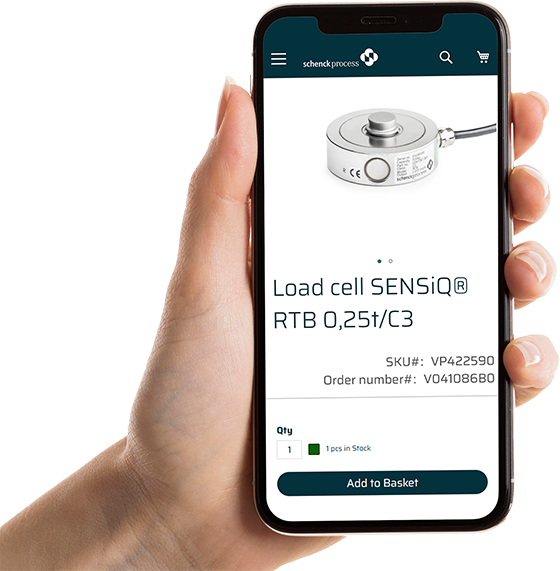Ring-torsion load cells are based on the basic principle of strain gauge load cells . They use electrical signals such as current and voltage to determine mass.
The ring-torsion measurement principle offers a wide range of applications. For example, it is suitable for load levels for which previously only shear and load beams could be used.
From a design perspective, this specification involves a predominantly flat load cell of stainless steel with several circular DMS load cells arranged in a full-bridge circuit. This is where the name “ring-torsion load cell” comes from.
The strain gauges attached to the measurement unit in a ring formation bend when load is introduced. The diameter of the ring thus becomes smaller above and increases in the lower area.
The special geometric design of the measuring element offers – compared to measuring according to the shearing force or bending force measurement principle – clearly optimised specifications in terms of creep and hysteresis.
Another advantage is that the load acts as a compressive force and is not subject to the mechanical torque typical for load beams. Protection from mechanical overload is established by a pre-determined distance between the load introduction ring and the baseplate. Thanks to very low warping, ring-torsion load cells are ideal for rapid weighing. It is important to note the susceptibility to shock overload.
We’re there for you
Partnership for us means always being on hand to support you whenever and wherever you need us. With our global network of locations and expert partners, we make sure we are always right by your side.
Schenck Process - your partner worldwide
With an unrivaled global network of operating companies and competent partners, the name Schenck Process is synonymous throughout the world with process expertise and well-engineered measuring technology for weighing, feeding, conveying, automation and air filtration.




